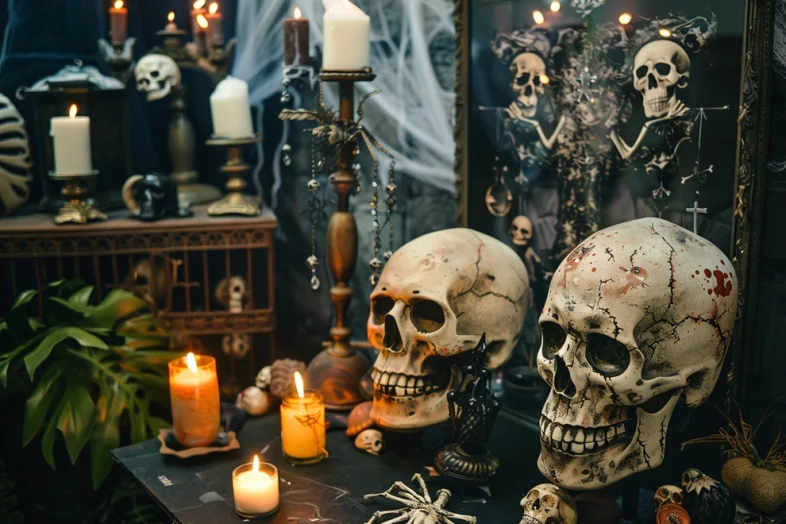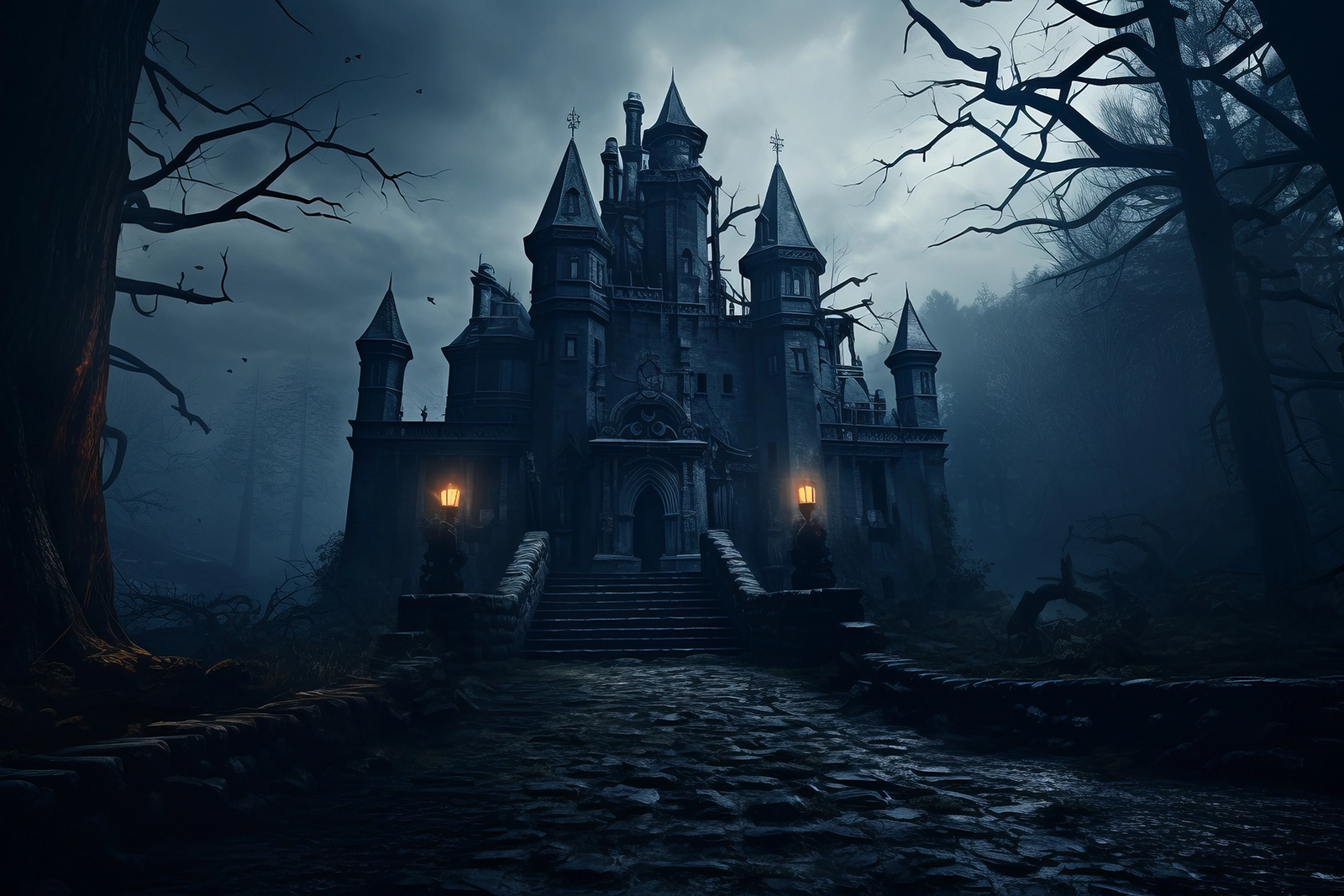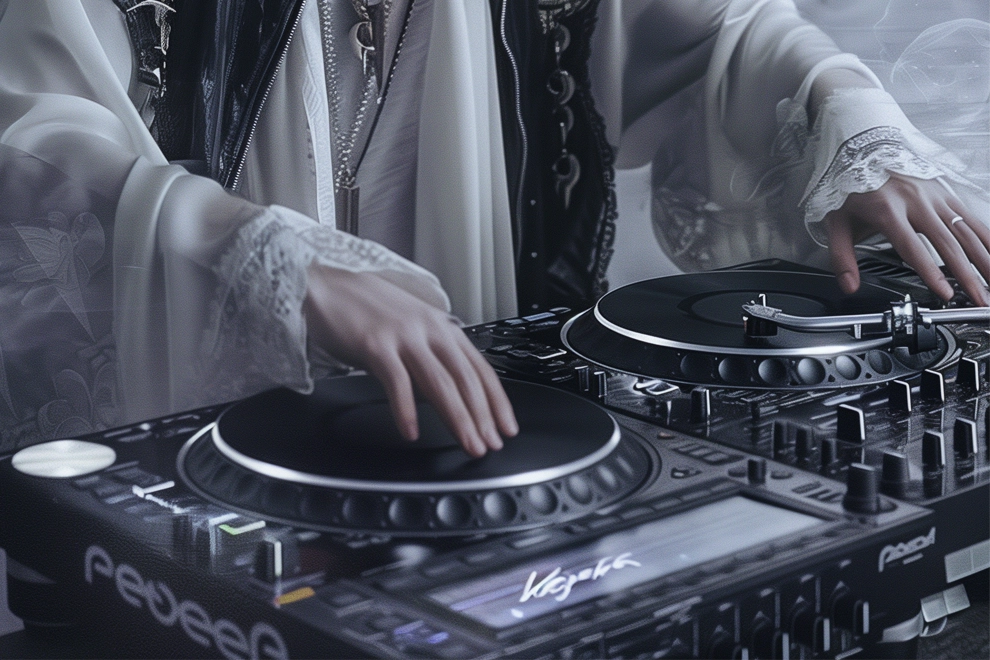
What is Goth?
In the Shadow’s Embrace: A Deep Dive into the Gothic Identity
In the dimly lit corridors of cultural expression, there exists a subculture that dances on the edge of darkness, where melancholy meets beauty, and the macabre finds solace. This subculture, known simply as “goth,” transcends mere fashion or music; it is a profound and intricate tapestry of aesthetics, philosophy, and artistic expression. To understand what it means to be goth is to unravel a rich history woven through centuries of literature, art, and rebellion against societal norms.
Origins and Evolution of Goth
The roots of goth can be traced back to the late 1970s and early 1980s, emerging as a subculture within the broader post-punk music scene. Bands like Bauhaus, Siouxsie and the Banshees, and Joy Division laid the groundwork with their atmospheric soundscapes, introspective lyrics, and dark visual aesthetics. Drawing inspiration from Gothic literature, Romantic poetry, and the allure of the supernatural, these pioneers forged a distinct identity that resonated deeply with those who felt disenfranchised by mainstream culture.
Aesthetic and Fashion
At the heart of goth culture lies its distinctive aesthetic, characterized by a love for the dark and the mysterious. Gothic fashion is an outward expression of inner darkness, often featuring black clothing adorned with lace, velvet, leather, and corsets. Makeup is used not just for enhancement but as a tool to create an otherworldly pallor or dramatic eye shadow that mirrors the intensity of gothic emotions.
Gothic fashion is not merely about clothing; it is a statement of identity and a rejection of conventional beauty standards. It embraces the theatrical and the fantastical, drawing inspiration from historical eras such as Victorian and Edwardian periods, as well as elements of punk and fetish subcultures. Accessories such as chokers, crucifixes, and ornate jewelry serve as talismans, imbued with personal significance and symbolic meaning within the gothic community.
Music: The Sound of Shadows
Central to the gothic identity is its music—a haunting symphony that echoes through the corridors of time. Goth music encompasses a diverse range of styles and influences, from the ethereal melodies of darkwave and ethereal wave to the brooding intensity of gothic rock and industrial. Bands like The Cure, Sisters of Mercy, and Depeche Mode became icons of the genre, their music characterized by atmospheric instrumentation, melancholic vocals, and introspective lyrics that explore themes of love, death, isolation, and the supernatural.
Goth music serves not only as a soundtrack but as a spiritual refuge for those who find solace in its haunting melodies and poetic lyricism. It is a space where emotions are amplified, where sorrow is transformed into beauty, and where the complexities of human existence are laid bare. Each song becomes a journey into the depths of the soul, a mirror reflecting the darkness and light within.
Literature and Philosophy: Embracing the Gothic Spirit
Beyond its musical and aesthetic dimensions, goth culture draws inspiration from a rich tapestry of literature, art, and philosophy. Gothic literature, with its tales of haunted castles, doomed romances, and supernatural horrors, serves as a foundation for the gothic imagination. Writers such as Edgar Allan Poe, Mary Shelley, and Bram Stoker have left an indelible mark on the genre, their works exploring themes of mortality, madness, and the uncanny.
Philosophically, goth culture embraces a fascination with the darker aspects of human experience. It challenges societal norms and conventions, questioning the pursuit of superficial happiness in favor of a deeper exploration of pain, passion, and existential angst. The gothic spirit revels in ambiguity and contradiction, finding beauty in decay, and seeking meaning in the shadows where others fear to tread.
Community and Identity: The Gothic Tribe
At its core, goth culture is a community—a tribe bound together by shared aesthetics, music, and a profound sense of belonging. Goths often gather at clubs, concerts, and festivals where they can celebrate their unique identity without judgment. These gatherings serve as sanctuaries where individuals can express themselves freely, whether through dance, fashion, or intellectual discourse.
The gothic community is diverse and inclusive, welcoming individuals from all walks of life who resonate with its ethos of creativity, introspection, and rebellion. It provides a haven for those who feel misunderstood or marginalized by mainstream society, offering solidarity and support in a world that often overlooks or dismisses the complexities of human emotion.
Legacy and Influence: The Enduring Shadow of Goth
Despite its niche status, goth culture has had a lasting impact on music, fashion, art, and popular culture at large. Its influence can be seen in the aesthetics of bands across genres, from alternative rock to metal and electronic music. Fashion designers continue to draw inspiration from gothic motifs, incorporating elements of darkness and drama into their collections. Visual artists and filmmakers explore themes of gothic horror, fantasy, and romance, drawing on the genre’s rich iconography and symbolism.
To be goth is to embrace the shadows—to find beauty in darkness and strength in vulnerability. It is a journey of self-discovery and self-expression, a defiance against the mundane and a celebration of the extraordinary. Through its music, fashion, literature, and philosophy, goth culture invites us to explore the depths of our souls, to confront our fears and desires, and to embrace the complexity of human experience. Join us as we delve deeper into the enigmatic world of goth, where every shadow holds a story waiting to be told.





Add Comment